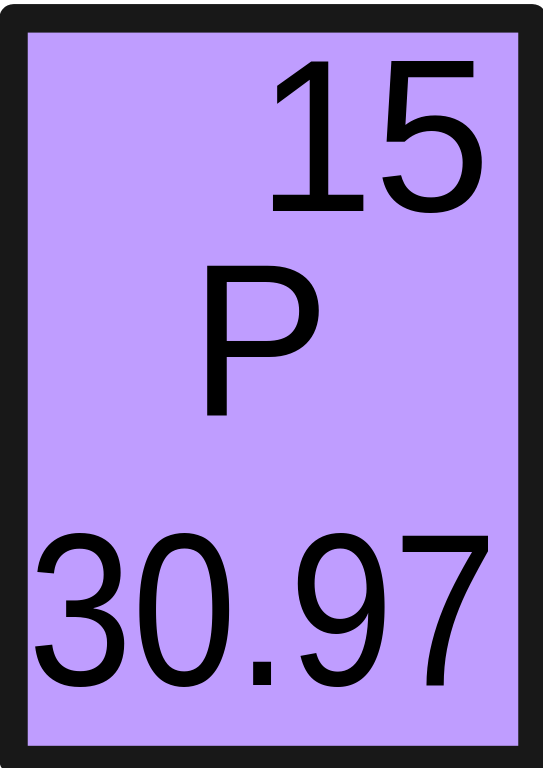Phosphorous is an element of the periodic table with the atomic number 15. In nature, it is commonly present in the form of phosphates. It plays a crucial role in many biological processes. It would not be wrong to say that it will be difficult to create life without Phosphates.
If we want to list down what all Nature requires to facilitate the basic building blocks of life, the following can be considered:
- A strong acid capable of forming anhydrides that can form high energy bonds to store energy and are easy to transport. Here we can consider any acid but phosphoric acid would be of great help as it not only will store energy but also help in many processes as well.
- The acid should be tribasic as it can help to form a linkage between two molecules and along with this, it will have a free hydroxyl group for further reactions.
- The bonds should yield high energy so that they can be useful in carbon-carbon synthesis.
- As a tribasic acid, both it and its monoesters should be capable of forming internal anhydrides which can be powerful acylating agents.
If we take a Sneak peek into the periodic table to find a suitable element for this, nothing can be better than Phosphorous! Let us review why?
As mentioned about Phosphorous not fulfills the above-discussed points but also performs many other functions such as:
- Phosphodiester bond plays a crucial role in providing structural stability to Nucleic Acids i.e DNA and RNA. Under suitable physiological conditions, they can remain intact for hundreds of years with the help of electrostatic repulsion. Whenever the molecule needs to undergo a reaction a positively charged element is positioned near the bond which weakens the repulsions and helps in nucleophilic attack to break the bond. In the same way, Positively charged metal ion helps in Nucleic acid synthesis as well. The negative charge also helps in maintaining the DNA duplex.
- The cell membrane of a cell is composed of phospholipids which are amphipathic in nature which separates the cellular content from the extracellular environment. The phosphate provides the hydrophilic head. This split of the hydrophobic and hydrophilic nature of the bi-layer helps form a 2-D structure.
- Phosphates play a crucial in Cell Regulation and Signalling. Phosphorylation plays a key role in the chemical activation of proteins and for any modulation of function.
Along with storing high energy in the diester bonds it also takes part in the above-mentioned function. Therefore, Nature selected phosphorous and not any other element although there are many molecules that can liberate high energy on hydrolysis.
